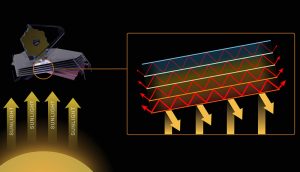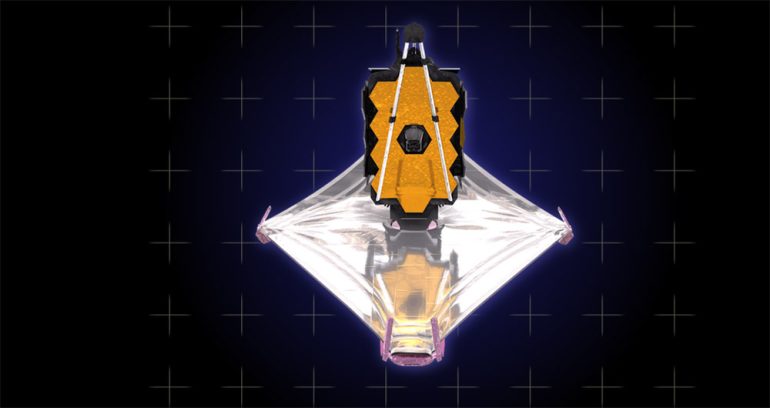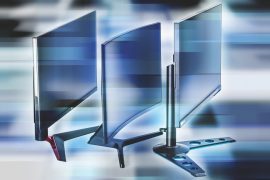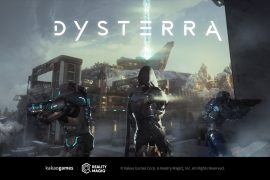Breathe a sigh of relief at NASA: One of the most delicate phases of the new James Webb Space Telescope’s commissioning has worked – the reveal of the Sun shield. 107 Retaining bolts had to be loosened smoothly and in the correct sequence to reveal a protective shield the size of a tennis court. As announced by NASA, the move was successfully completed on the new year. Now the five wafer-thin membranes of the sun protection are gradually smoothed and stretched.
James Webb Telescope It is the largest, most complex and most expensive instrument ever sent by mankind into space. On December 25, 2021, the Ariane 5 rocket brought the valuable telescope en route to the Lagrangian point L2. But before the high-resolution infrared telescope can begin its work, it has to be a complex opening process Go through, which gives NASA officials 29 days of worry.
107 Retaining Bolts and Two Telescopic Struts
The James Webb Telescope has now successfully completed the first and most important part of this development: after the observatory has ignited the engines and set course for its target, the five-layer Sun shield and its retaining struts are reconfigured. folded and extended. To do this, the ensemble’s tarpaulin first rolled back, then on New Year’s Eve NASA’s deployment team began extending the shield’s two central struts.
“These central struts do the main work and pull the membrane into its iconic diamond shape,” explains NASA’s Keith Parish. For this to happen, however, the 107 retaining bolt had to be loosened completely and in the correct sequence – if only one bolt was stuck, the unfolding was at risk of failure.
But everything went well: all 107 bolts and actuators worked as planned and with the help of two motors the sunshade was raised to the side. On New Year’s Day, the protective shield again reached its full width of 14 meters.
stop to measure
“So far, the major development steps we’ve taken have gone as smoothly as you’d expect,” says Mike Menzel, the deployment team’s chief engineer. Chances are good that the James Webb telescope will get the cooling shade that its sensitive instruments need. Because only when the Sun shield is fully functional and the optical side of the telescope is shielded from the heat radiation of the Sun and Earth, the mirrors can also be folded.
“But before we go any further, let’s take the time to learn everything about how telescopes behave in space conditions,” Menzel explains. Because all stages of the complex process and each component were tested in cold chambers and under vacuum conditions before beginning. “We only had a week to figure out how the telescope behaves in space,” says a NASA engineer.

Next Step: Stressing the Sun Shade
The next stage is a more delicate stage: the tension in the five layers of the sun shield. The 0.025 to 0.05 millimeter thin membranes are gradually tensioned one after the other using a system of 90 pull ropes until they touch each other. The resulting gaps are important so that heat can escape. The process of tension begins with the outer and largest membrane of the sunshade and then continues sequentially to the other layers.
In this process, it is important that the motors work together with millimeter precision. Therefore the deployment crew must ensure that the engines are also at optimum working temperature – not an easy task under the conditions of space. It will take at least two days for the membrane to fully open, and possibly longer – depending on how often the NASA team interrupts the process.
In the interactive stage, you can see what stage the James Webb Telescope is in and which stages have already been completed deployment explorer Follow NASA.
What: NASA

Internet fan. Alcohol expert. Beer ninja. Organizer. Certified tv specialist. Explorer. Social media nerd.





